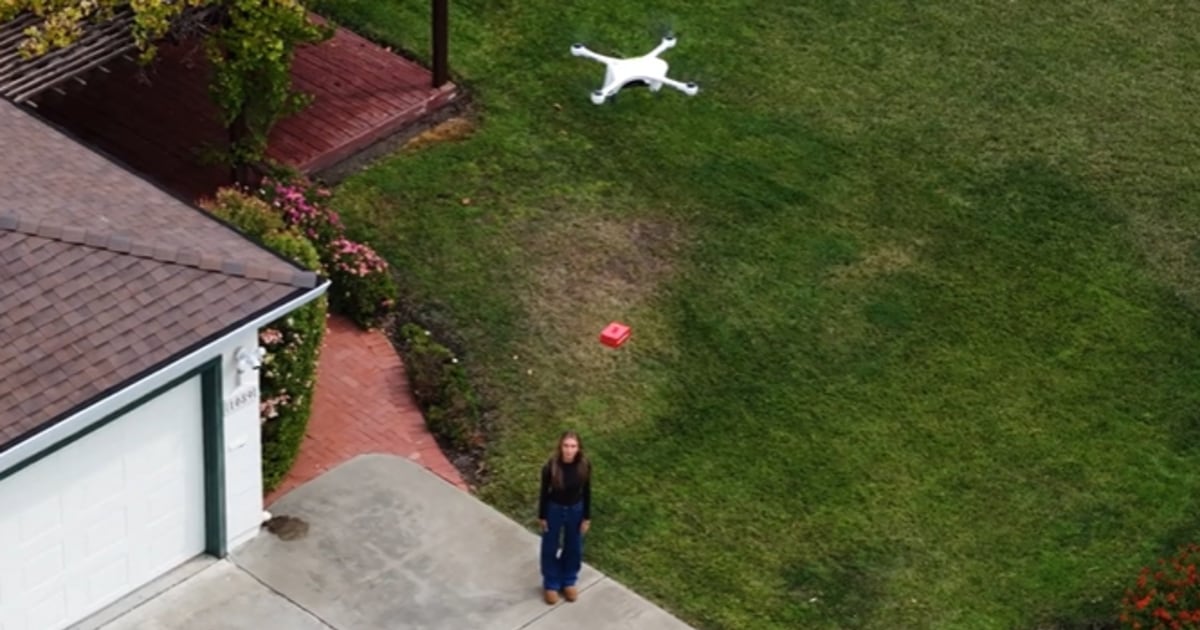Tech
Drone deliveries, slow to take flight, come to Silicon Valley

“If you forgot something at the store, or need something quick, getting that delivered by drone is easier and faster than taking your vehicle, and it’s much better for the climate,” he said.
Samaras said his research indicated that drone delivery, compared to fossil-fuel truck delivery, consumes up to 90% less energy per package.
But the regulatory framework and self-piloting technology have only recently caught up with the hype.
The Federal Aviation Administration said in a statement that it is focused on permitting Beyond Visual Line of Sight (BVLOS) operations, which would allow drones to fly without needing a pilot to stay within sight of it.
Zipline, the world’s largest drone delivery service, is among the companies that have received that permission in several states. The company plans to go nationwide with drone delivery in 2026.
“A lot of the risks have been retired, and I’m super excited how much progress we’re going to be able to make in the next few years with a lot of this uncertainty behind us,” Eric Watson, engineering lead at Zipline, told NBC News.
Watson said the company hopes to aerially deliver tens of thousands of packages per day within the next few years across the country, and they are already doing deliveries in Arkansas and Utah, with plans to expand to Dallas later this year.
A spokesperson for Amazon’s Prime Air drone-delivery program told NBC News it hopes to be delivering 500 million packages per year by the end of this decade.
The FAA told NBC News that there are currently more than 383,000 drones registered for commercial purposes. By 2028, the agency forecasts that that number could balloon above 3 million.
Yanfeng Ouyang, a transportation engineering professor at the University of Illinois Urbana-Champaign, agrees that the technology is close to mass availability, but hopes some of the potential negative consequences can be curtailed.
“It’s right around the corner, and we will see very rapid development in the next year or two,” Ouyang said.
“But several challenges still need to be addressed,” he added, such as the potential for an expanded surveillance state, as well as whether communities will be OK with a large number of drones whizzing overhead at all times.
“I am optimistic, but I don’t think there are sufficient regulations yet, and I think the government will have to play a very significant role moving forward,” Ouyang said.










